Proximity marketing concerns all those strategies and related technologies that find their justification in the proximity to the commercial activity by the customer (or potential) or in proximity to a specific product/commercial offer when the customer is already inside the shop.
The tools and technologies to implement it are many and are different.
Before analyzing them, we would like to note that this activity is (or rather should …) be the natural completion of a Local SEO strategy.
Unfortunately, many stop at Local SEO alone, which, however effective, remains less and less strong than when it is also accompanied by a targeted proximity marketing campaign.
Index:
- Digital Signage
- Mobile Signage
- Bluetooth Marketing
- Beacon
- Ultrasound
- RFID
- Augmented Reality
- QR Code
- Wifi-free
Digital Signage.
The first type of proximity marketing is that carried out with Digital Signage, that is through digital posters on LED or LCD screens, or interactive totems placed in strategic areas, such as those of high traffic, which show a specific message, which can consist of an invitation to enter a bar nearby that offers coffee at a discount, or show the active promotion inside the restaurant that is right there in front of you.
These messages are easily manageable and editable even during the same day.
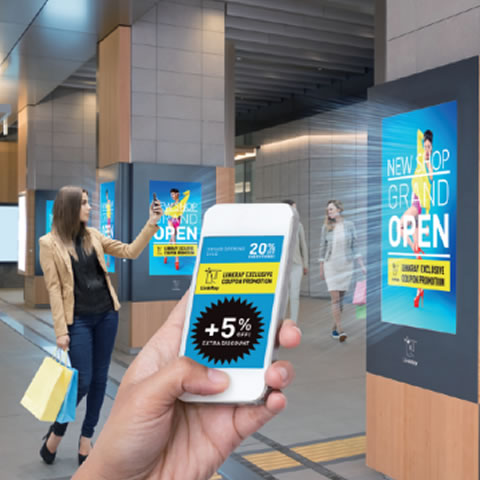
Mobile Signage.
The development of this method is the same as described above with the difference that the totems or advertising posters on large screens are replaced by the screens of the mobile devices of potential customers who are out for a walk.
Bluetooth Marketing.
Another tool is the one that takes advantage of the device’s Bluetooth. Unfortunately due to its technical nature it was less efficient than others. In fact, Bluetooth works like this:
- the server must search for the device as it passes by the proximity marketer,
- the device must answer (active, busy, deactivated) and when active and not busy (for example in a phone call with Bluetooth headsets)
- the server sends the message,
- then the device must give the availability to get in touch
- and finally the owner of the mobile phone must consent to the actual receipt of the message with the “Accept” button.
Done!
NOOOOO!
The message must be downloaded and only now is it formed and becomes visible to the human being. Then consider that not all mobile phones have the same operating modes for using Bluetooth, and that often these messages require the download of other software / apps to be able to see the content correctly.
As can be seen, too complicated and laborious due to the many technical steps.
The coup de grace to the use of this technology was given by the various privacy laws.
Beacon (and iBeacon).
An attempt was made to remedy this complexity using Beacons (and iBeacon for the Apple world) which, thanks to BLE (Bluetooth Low Energy) technology, made the procedure less complex. The problem still remains that the Bluetooth of the mobile phone must be turned on and the appropriate App has been downloaded in compliance with the Privacy regulations.
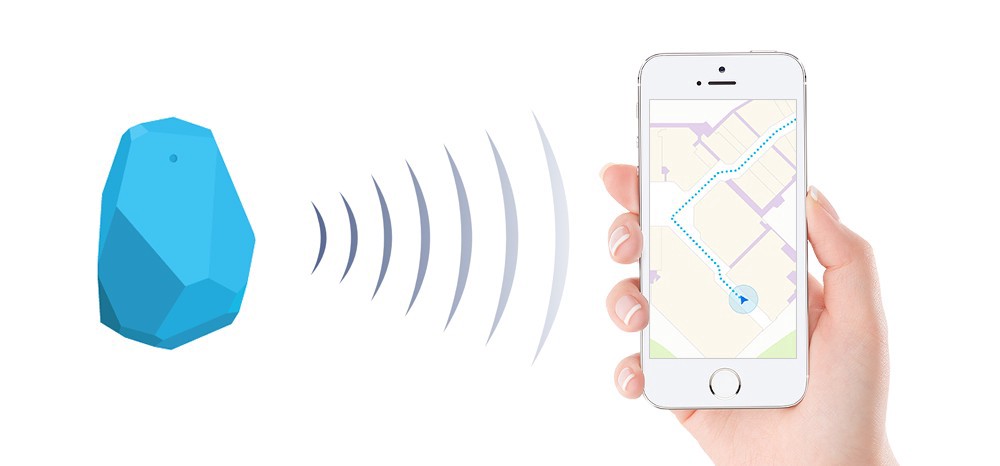
Ultrasound variant.
To remedy the fact that often the user has not activated Bluetooth on his/her mobile device, but still allow contact with the mobile phone, some advertisers have also begun to use ultrasound. With this technology it is possible to emit an imperceptible sound to the human ear which, once picked up by the smartphone, triggers the sending of the message to the user.
RFID.
This acronym stands for Radio Frequency IDentification. It is based on microchips physically placed on the product. Technology often used in logistics to monitor the movement and identification of goods within a warehouse or shop. If this use is extended to report to a customer’s mobile phone, for example on the shelf next to there is a product on offer or other related initiatives (in order not to seem invasive and be perceived as spam), that’s it.
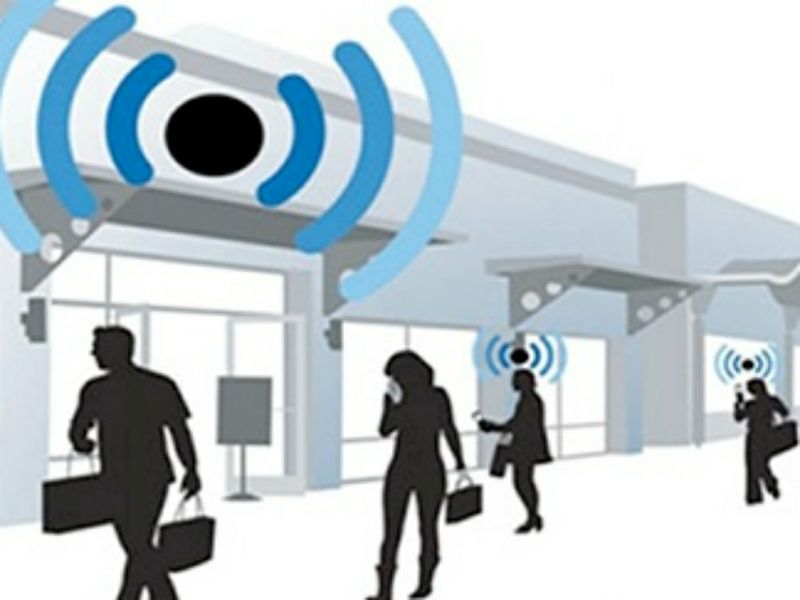
Augmented reality.
Augmented reality is often confused with virtual reality. We specify that the former through latest generation devices tends to increase the details perceivable by one of the senses, usually sight, showing what is not there in the real world. For example, it can show you how your new sofa would fit in your living room, or how it was in a medieval village whose only foundations have been excavated (photo).
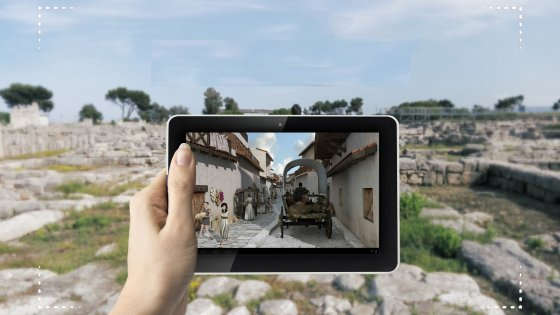
Virtual reality, on the other hand, requires devices, often wearable such as: visors and sensory gloves, to project the subject into a virtual world, which represents the real world. For example, it allows you to be inside an engine to better appreciate its operation, and understand any problems already in the design phase.
Both technologies require state-of-the-art multimedia devices for their operation.
In fact, they need:
– internet connection to receive extra data,
– a camera
– and obviously the dedicated App (think of that of a Museum that provides visual information on how the vase must have been when it was intact, while in front of you a partial view discovered by archaeological excavations).
QR Code.
This code, which is inspired by the best known and most widespread Bar Code, allows the user to view a web page or similar relating to the product or offer.
Obviously, for this to work, an App is already present on the device to read the QR Code, and that the customer is aware of how this technology works. It is definitely aimed at those who have a potential or established younger clientele.
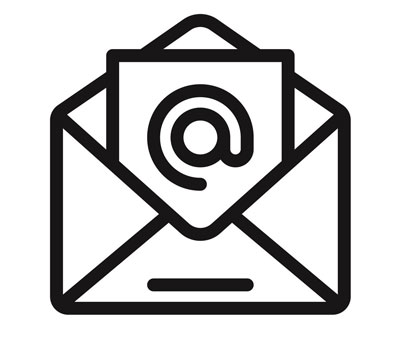
If the topic catches you, don’t wait any longer, contact us to study your proximity marketing strategy with us.
Free Wi-Fi.
Lastly, another proximity marketing strategy is to provide a free Wi-Fi connection, or rather, you pay for it by granting some data, such as your e-mail address to be able to register on the internet…
This email address will then be used for subsequent mail marketing campaigns (aka DEM (article is in italian)) or sending newsletters. However, this tool is viewed with great distrust, due to the fact that these connections are often not adequately protected and lend themselves to hacking devices.
To give an example, this strategy can be present in high-traffic airports or railway stations, the so-called Hubs.
Obviously, proximity marketing not only has economic advantages, but also gives a significant amount of qualified data when well designed within a broader vision of corporate marketing and in support of Local SEO.
Let’s analyze the strategic advantages.
1. Personalization.
One of the greatest advantages of Proximity Marketing is the ability to customize messages based on the target audience, taking into account the context, that is, in the space-time in which the customer moves.
2. Immediacy.
The effect of establishing immediate contact with the consumer increases the effectiveness of the messages.
3. Timing.
The use of geolocation allows you to establish communication with the consumer at the right time.
The “just in time” is one of the greatest challenges of any marketing action that, with proximity marketing, is solved.
4. Analysis of the results.
Proximity marketing obviously allows the monitoring of results, such as:
• determine the number of people who have accessed a facility,
• the path taken throughout the store,
• rush hours and lazy moments,
• the duration of the visit,
• the average receipt
• and many other data.
All this amount of information can be acquired directly from the corporate CMR, thus providing the Marketing Department with such a source of data on which to perform the necessary statistical analyzes.
Final consideration. If you think that this activity is reserved or feasible only by small local realities, we mention some successful cases:
Apple: in some of its stores,
McDonald’s: in its fast-food restaurants,
Walmart in its stores (in US only).
Are you thinking about it? Contact us!
